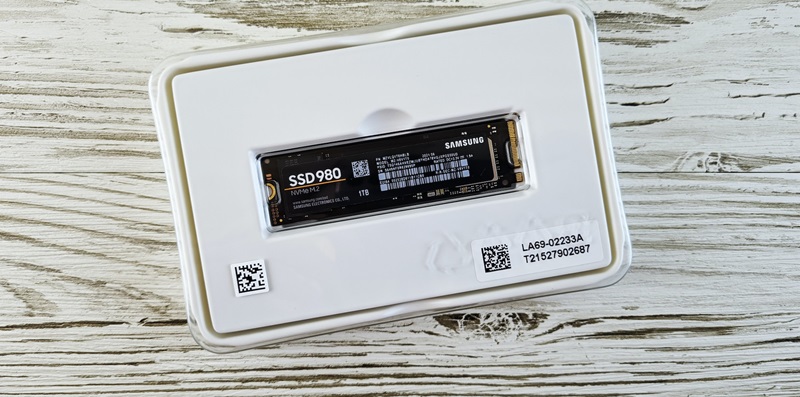In the world of solid-state drives, speed and performance are of utmost importance. Sabrent, in collaboration with Phison, has taken this to a whole new level with the introduction of the Rocket 5 Gen5 SSD. This cutting-edge storage solution is set to revolutionize the market, offering unparalleled read and write speeds, impressive random read and write capabilities, and optimal thermal performance. Let’s dive deeper into the features and specifications that set the Rocket 5 Gen5 SSD apart from the competition.
Impressive speed performance
When it comes to speed, the Rocket 5 Gen5 SSD stands in a league of its own. With read speeds of up to 14,000 MB/sec and write speeds of up to 12,000 MB/sec, this SSD is capable of handling even the most demanding tasks with ease. But it doesn’t stop there. The Rocket 5 also boasts random read and write speeds that can reach a staggering 1.4 million IOPS (Input/Output Operations Per Second). These numbers place the Rocket 5 at the top of the list when it comes to read and write performance, setting a new threshold for others to follow.
Collaboration with Phison: A Perfect Match
To achieve such impressive speeds, Sabrent joined forces with Phison, the leading firm in designing SSD controllers. Phison’s expertise in this field is encapsulated in its recently unveiled PS5026-E26 Max14um SSD controller, which can achieve read speeds of up to 14.7 GB/s. The performance figures of this controller align perfectly with the Rocket 5 Gen5 SSD, making it the ideal choice to power this groundbreaking storage solution. With Phison’s flagship SSD controllers, the Rocket 5 Gen5 delivers on its promise of exceptional speed and performance.
Optimal thermal performance
Fast storage can generate heat, but Sabrent has addressed this concern without compromising on performance. The Rocket 5 Gen5 SSD incorporates advanced thermal management technology, ensuring optimal operating temperatures without the need for separate cooling solutions. This means that users can enjoy the remarkable speed and performance of the Rocket 5 without worrying about excessive heat.
Compatibility with existing motherboard heatsinks
To further enhance its thermal performance, the Rocket 5 Gen5 SSD is perfectly compatible with the SSD heatsink on your motherboard. This seamless integration allows for efficient heat dissipation, keeping the SSD cool even during intense workloads. Whether you’re a gamer, a content creator, or a professional in need of lightning-fast storage, the Rocket 5 ensures a smooth and reliable experience.
Product configurations tailored to your needs
The Rocket 5 Gen5 SSD will be available in multiple configurations to suit various storage requirements. Options include 1TB, 2TB, and 4TB variants, with the 2TB and 4TB models offering the highest-end speeds. This flexibility allows users to choose the capacity that best fits their needs while enjoying top-of-the-line performance.
Release and pricing
While the Rocket 5 Gen5 SSD has created quite a buzz in the market, Sabrent has yet to reveal specific details regarding its release date and pricing. However, anticipation is running high as enthusiasts and professionals eagerly await the arrival of this game-changing storage solution.
The Rocket 5 Gen5 SSD is poised to redefine the boundaries of speed and performance in the SSD market. Sabrent’s collaboration with Phison has resulted in a storage solution that offers unparalleled read and write speeds, impressive random read and write capabilities, and optimal thermal performance. With its compatibility with motherboard heatsinks and multiple configurations to choose from, the Rocket 5 Gen5 SSD caters to the needs of a wide range of users. Though we eagerly await its release and pricing details from Sabrent, one thing is certain – the Rocket 5 Gen5 SSD is set to make a significant impact in the world of storage technology. Get ready to experience a new level of speed and performance like never before.

